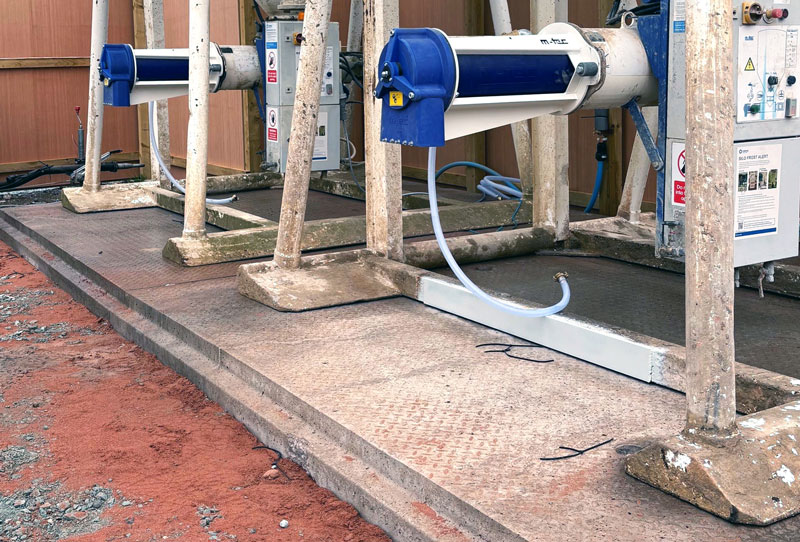Separating fact from fiction – your guide to specifying and buying precast concrete firewalls
25-10-2018
Visit the Elite Precast Concrete Ltd website for more information on Separating fact from fiction – your guide to specifying and buying precast concrete firewalls






